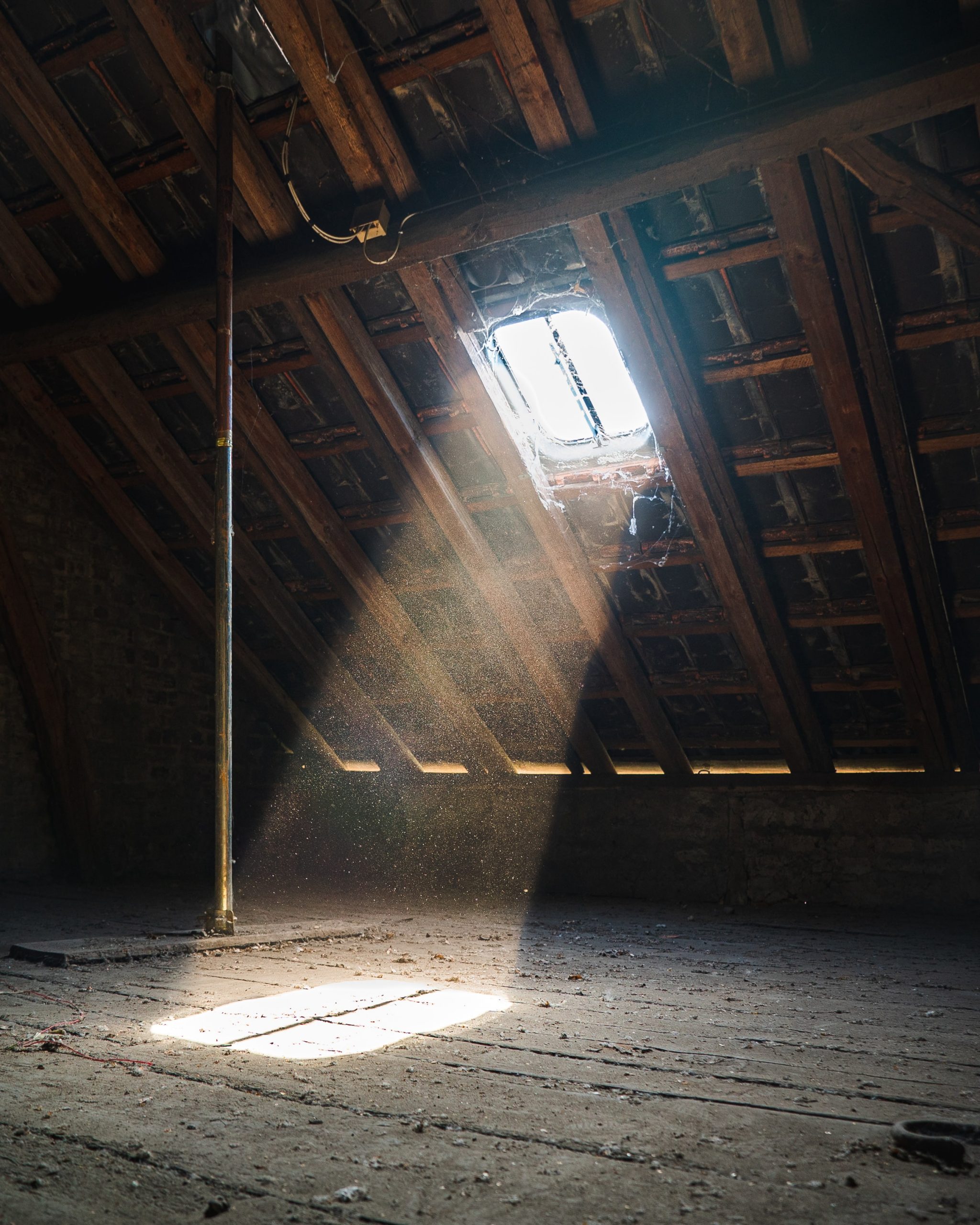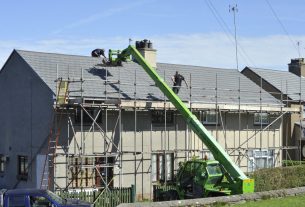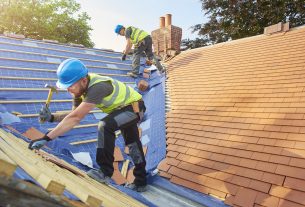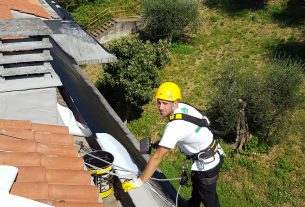Safeguarding the structure of a building is a constant concern for builders and owners. The techniques of facade renovation, thermal insulation from the outside, the choice of a roof, and the installation of a flashing strip are implemented in order to ensure the durability of the exterior part of a house.
The quality of the flashing strip is the key to securing the roof and making the building watertight. In general, its protective function is conditioned by the choice of material, its practicality, and its versatility. So, without further ado, let’s dive into this blog and look at our selective list of three types of flashing strips that have been proven effective.
What is a flashing strip?
The flashing strip is continuous, thin, and waterproof. It serves as a barrier to air and moisture infiltration. It is used mainly at openings and joints to protect them by sealing them. This is the case around the chimney, openings, on a party wall, a gable wall, but also on the roof.
The flashing is sometimes called a head edge or masonry edge; in all cases, its primary objective is to prevent water from penetrating the area where the strip has been placed to protect them from any infiltration that would weaken the whole. Thanks to it, there is no more possibility of air and moisture passage; the waterproofing is then total with this type of material.
The flashing strip has evolved in recent years and has become increasingly efficient. Once the flashing strip is installed, you benefit from many advantages: the air inside the building is healthier and of better quality, and you make real savings on heating and air conditioning. Flexible flashings allow you to adapt to any shape, even the most unusual ones. They can be folded to form a watertight barrier on a window sill during installation.
1. The Zinc Flashing Strip
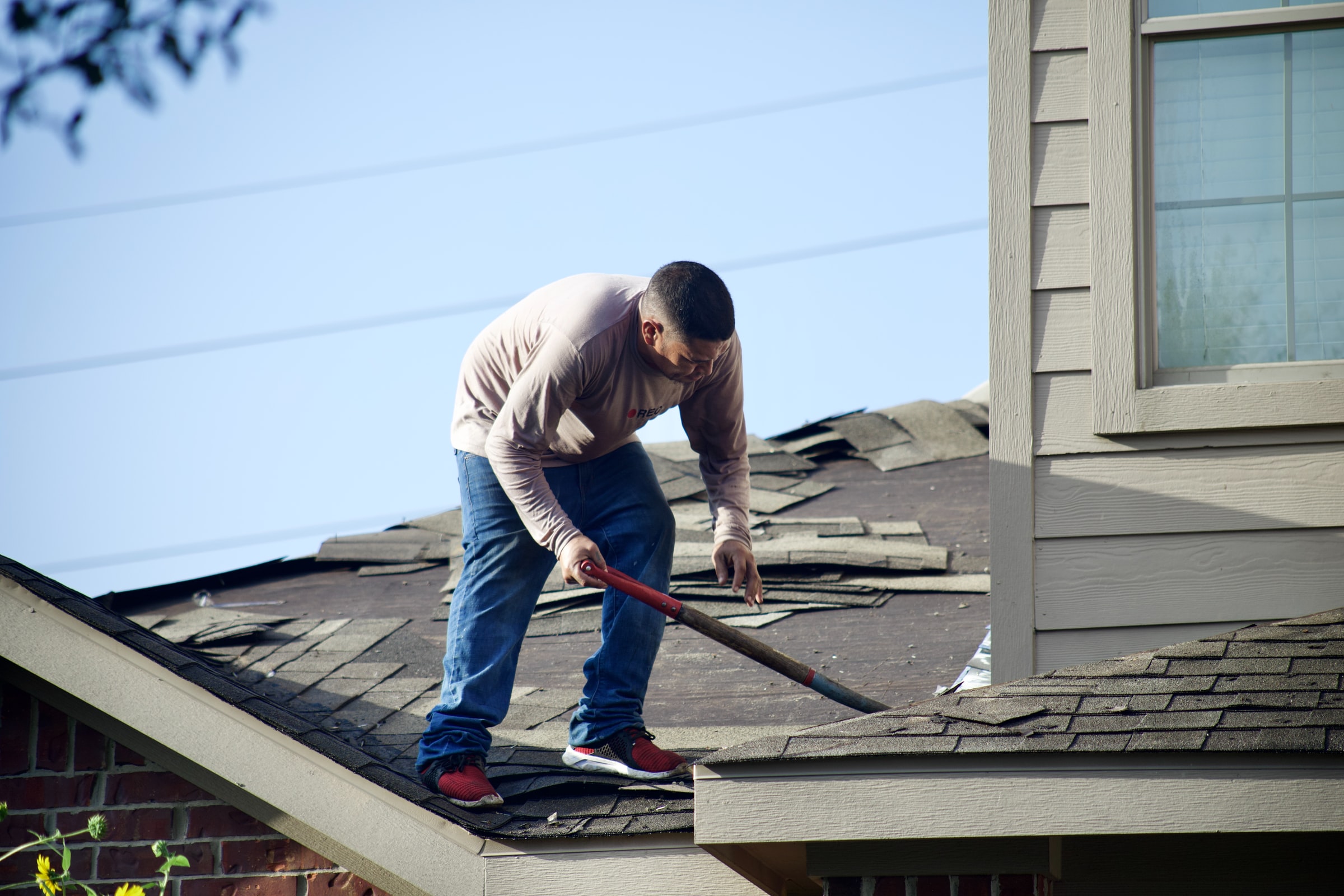
Given its aesthetic, hygienic, and protective role, this material is a very relevant choice criterion to ensure its durability. There are several manufacturing materials on the market, such as steel, zinc, aluminum, copper, and steel. Zinc stands out for its strength, resistance to bad weather, and impermeability. In fact, an ideal flashing strip is thin, malleable, and strong.
Homeowners and builders also expect the metal to be impervious to chemical reactions caused by weathering, such as oxidation, corrosion, and mold growth. The physical and chemical properties of zinc confirm that this material meets the above requirements. It is clear that zinc is the best material for making a flashing strip. However, despite this metal’s physical and chemical performance, it is preferable to use specific paints to combat the various degradation caused by temperature changes.
2. The flashing strip with flap
The optimization of waterproofing is the subject of several research in order to perpetuate the aesthetic aspect and the thermal comfort of a house. Several experiments have shown that despite the performance of the flashing strip material, its vulnerability to weathering becomes apparent after a certain period of time. For example, after a succession of storms, a trace of moisture forms on the walls of the strip, regardless of the type of roof covering the house. Therefore, the structure of the building is always at risk when the weather is continuous.
The flashing strip with a lead flashing is an effective alternative against water or air infiltration risk. Installed under the roof, this accessory acts as a cap. In fact, the flashing is an improvement to cancel the vulnerability of the simple flashing strip. Its strength lies in its practicality. It is additional protection against the introduction of rainwater and wind. This way, the wall is completely waterproof.
3. The self-adhesive flashing strip
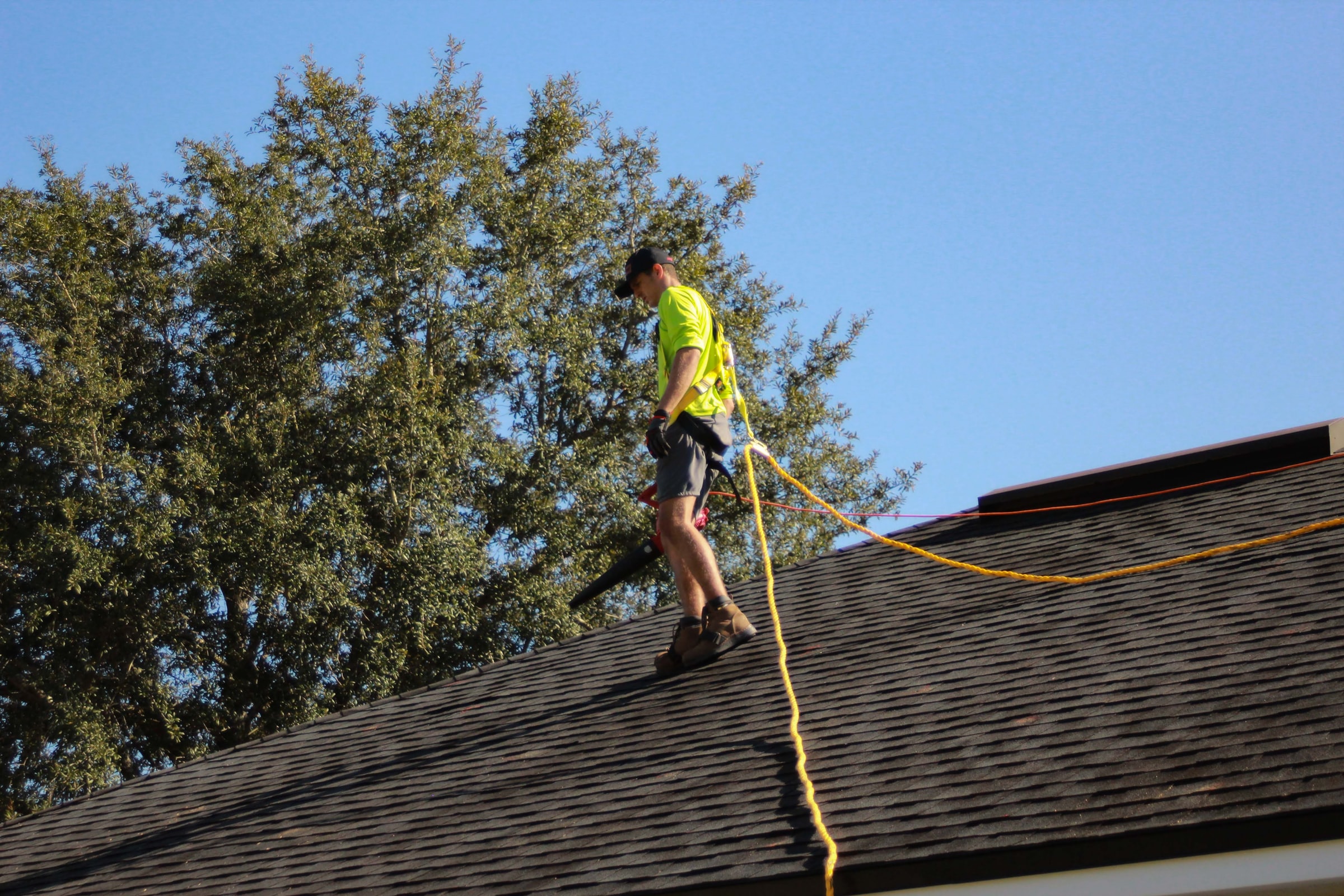
Contrary to popular belief, a flashing strip is not specifically dedicated to roofing. This construction accessory’s physical and chemical advantages can also be used on a chimney and aluminum or wood joinery. Unfortunately, the classic flashing strip cannot be adapted to these applications.
The self-adhesive version allows the strip to be customized to each individual need. It can be used to wrap directly around walls, chimneys, or walls of openings. It is especially used to mask the impermeability of a wall. Moreover, the installation is done in a very simple way. It is enough to fix the adhesive part on the element to be protected. The effectiveness of the self-adhesive flashing strip lies in its practicality, aesthetic contribution, and versatility.
Sound off in the comments section below and tell us what you want to read next and if you want to read more about flashing strips.
